With our last investigation ideas wrapping up, we revisited our Driving Question Board to see that we had so many questions that launched our unit and now we feel that we could honestly answer them! Over the course of a few days, we agreed to answer the six big questions together, and then students were given choice on the others. We figured out so much about many types of organisms, where their matter and energy go in an ecosystem (even when they die and get consumed), and how plants grow (since they don't consume other living things like consumers and decomposers do)! Here's our DQB that launched our unit! Way to go 5th graders!
|
Now that we've figured out how dead things "disappear" when other organisms consume or decompose them, we returned to our DQB to realize there was a big wondering we had: We built out our initial ideas, before reading some articles on some notorious "dead stuff finders! We're starting to see some patterns here, in that the dead thing somehow travels to the nose of the organism that will consume it. If the dead thing is in water, the scent, or what we think are particles will travel to the consumer in the water as the water moves. And if the organism is outside of the water, the dead animal's scent/particles will travel in the air and reach the nose of the animal that will consume it.
But how does this really work? Is scent really made of particles? What happens when it's warmer outside or in the water? What happens when it's colder outside or in the water? how does this affect the scent particles from moving? So many questions! With all our figuring out, we're putting the pieces together! We've updated our model to realize that dead things don't really disappear; their matter and energy keep moving around as organisms consume one another. Plants are unique in that their matter comes from the air and water around them! But all the energy that transfers from organism to organism starts at the Sun!
All our figuring out has led us to this moment where we're truly understanding where plants get their matter from and also where they get their energy from. We've figured out the difference between matter and energy by doing some investigations:
We're now beginning to connect the dots...that as organisms grow, they take in matter and energy, and as they are consumed by other organisms, the organisms doing the consuming take in matter and energy, too! Time to update our models!
We are seeing that all these organisms (animals, fungi--mold, and micoorganisms) are getting bigger as they consume dead stuff (other animals and plants). But we've also seen evidence of plants getting bigger, too! So how is it that they grow, and get the matter they need to gain weight over time? Students were asked to develop a model for where they think a plant gets the matter (pieces/particles that have weight and take up space). Check out these four students' ideas: While we agreed on many things from each of the four models, we felt that by setting up some controlled investigations, we could truly see what was giving the plants the matter they needed to grow, which means a scale would be helpful! While we would have love to have set this up ourselves, we recognized the limitations to doing this, especially since plants grow so slowly. Thank goodness there are some amazing people out there (home scientists, too!) sharing the data from there investigations! From all this, what are we thinking? Do plants really get their matter from water, air, and light? Wait, are all these things made of matter? We've heard that light is a type of energy but what role does it play? Also, we're seeing that plants can grow without soil. Does that mean that plants need soil but don't get their matter from them?
So many new things to investigate! Check back after spring break! Even though dead things "disappear" when other organisms consume them, we realized that living things are an important part of this "disappearance" process. We returned to the dead raccoon that started our figuring out process to realize that at one time, it was a baby raccoon growing into adulthood. We read through an article to see just what the raccoon eats/consumes and built out a model to show where all these "pieces" of dead organisms are going!
We updated our Consensus Model showing where dead things disappear to--but in reality they are actually just going somewhere else!
Recognizing the role worms play in decomposition, our next step was to figure out microorganisms' role!
From our research, we're seeing that there are even smaller organisms than the worms that are playing a role in the "disappearing dead plants!" We turned to a scientist who focuses on microorganisms in the soil! So not only do we have mold and worms taking care of dead stuff, but we have microorganisms, too!
We'd completed our investigations around timelapses of dead plants and the fuzzy stuff which we now know is mold. Our next focus is the worms that some of us put in! We're starting to see some patterns emerge between things getting bigger as they eat and the things they eat getting smaller. So we turned to a "worm lady" to help us figure out what's going on with the worms in some our dead stuff containers.
Between the mold and the worms, we're starting to see why three things have happened in Mrs. Brinza's dead stuff container:
1. The plants are shrinking. 2. The mold is growing! 3. The soil is getting darker! While all of our dead stuff containers were doing their "thing," we did a lot of figuring out about what it meant to control an experiment. Mrs. Brinza set up a controlled experiment as these conversations were unfolding, collecting data on some blueberries she had in her fridge and a jar. Here's what happened: The jar was never opened and when Mrs. Brinza weighed the jar, the weight never changed. This was interesting to us as we noticeably saw some changes in the jar. The mold was definitely getting bigger and the blueberries were shrinking.
This made us think two things: 1. The mold spores had to be present on the blueberries at the start. We never saw them, but since the mold grew, they had to have been there (just really tiny). 2. Since the jar was sealed, however much bigger the mold got was directly related to how much smaller the blueberries got. We know this because there wasn't a weight change! We modeled this together, and now we're seeing how when all the weight is accounted for, we don't lose any piece of anything. The blueberry "pieces" go into the mold, and the mold only gets bigger by the number of "pieces" of blueberries it consumes. |
So...On a cloudy fall day I found this dead raccoon on the side of the road and it was just too interesting not to share... Archives
April 2021
Categories |
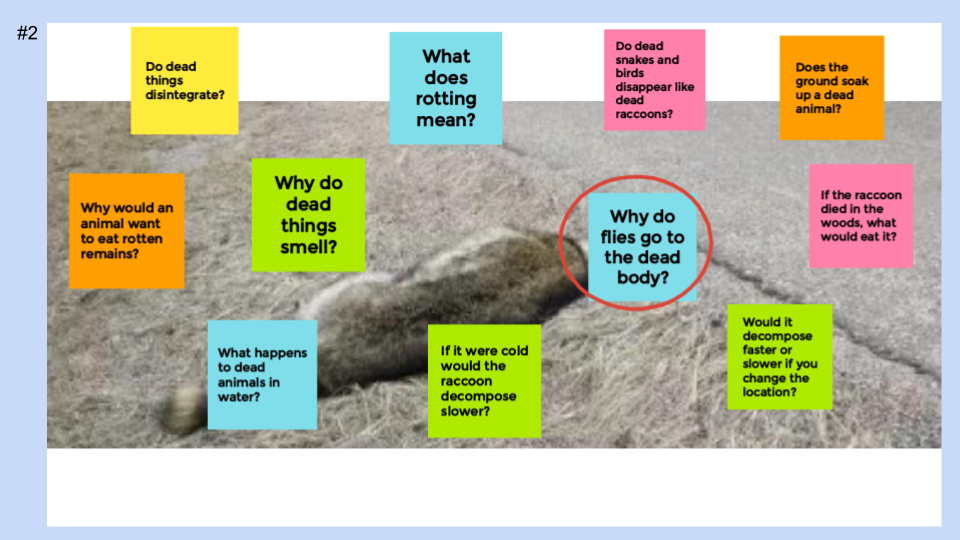
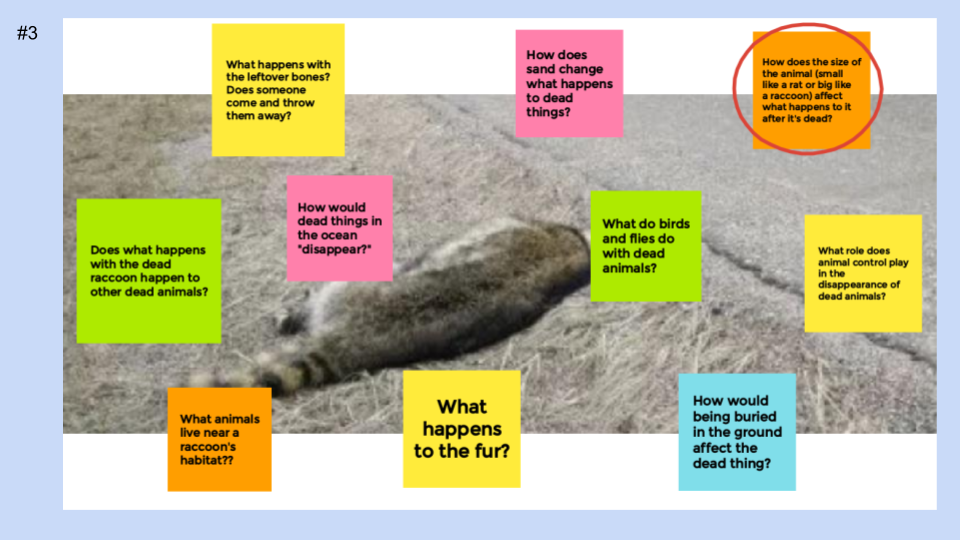
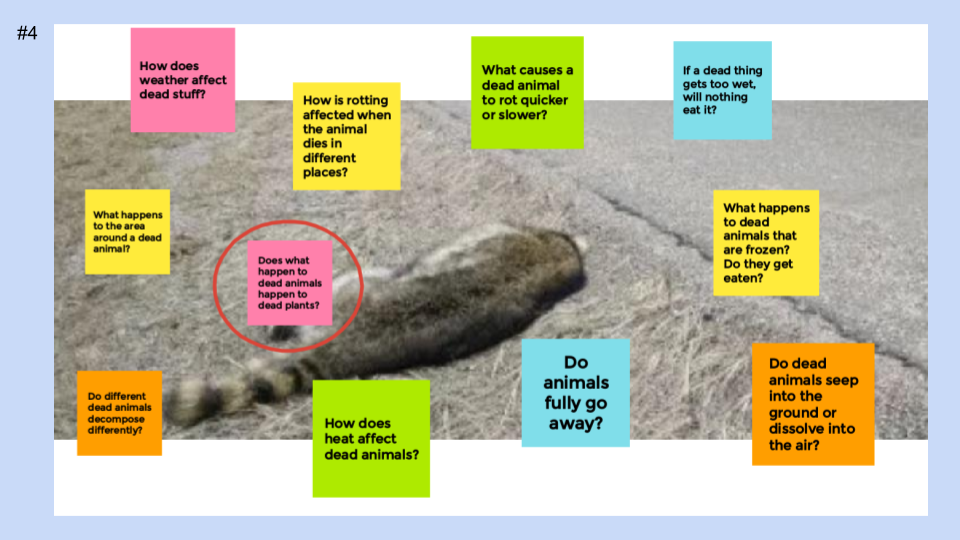
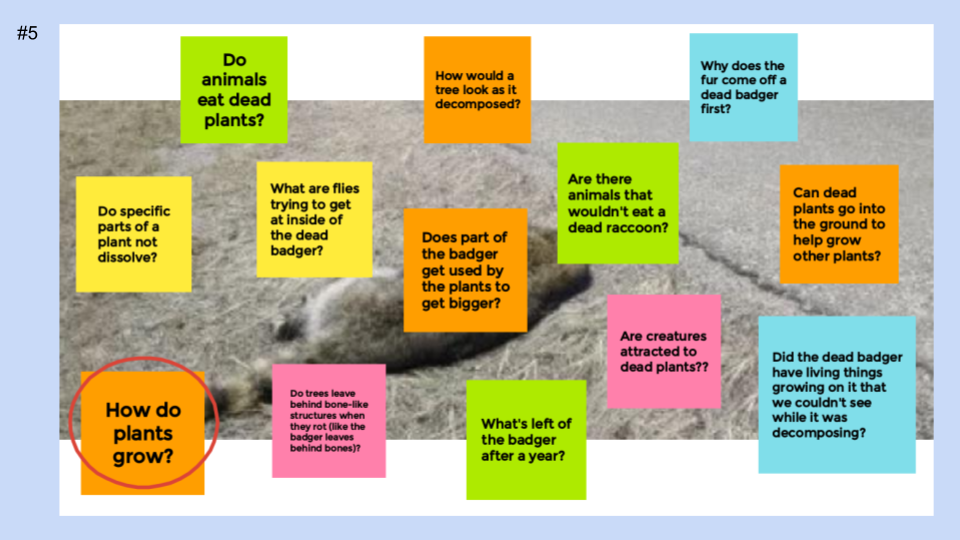
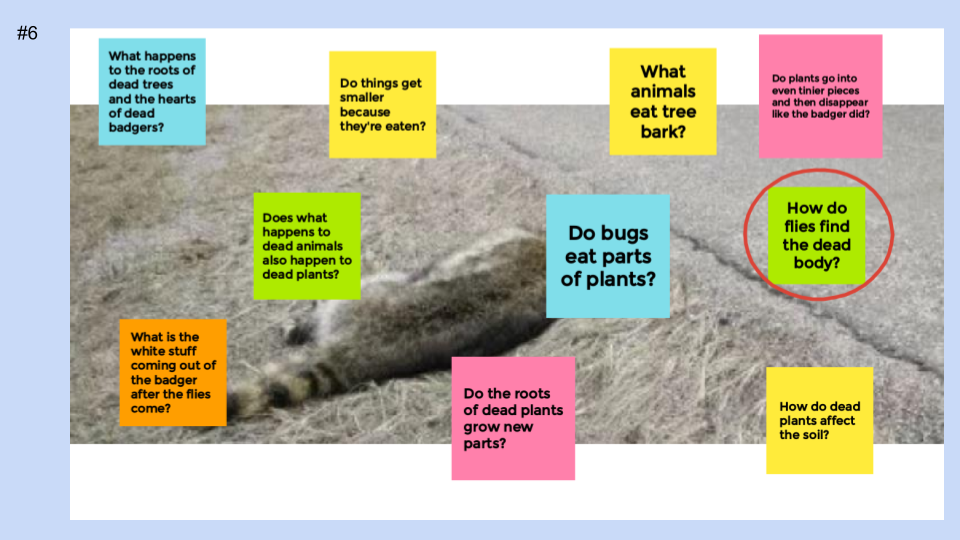
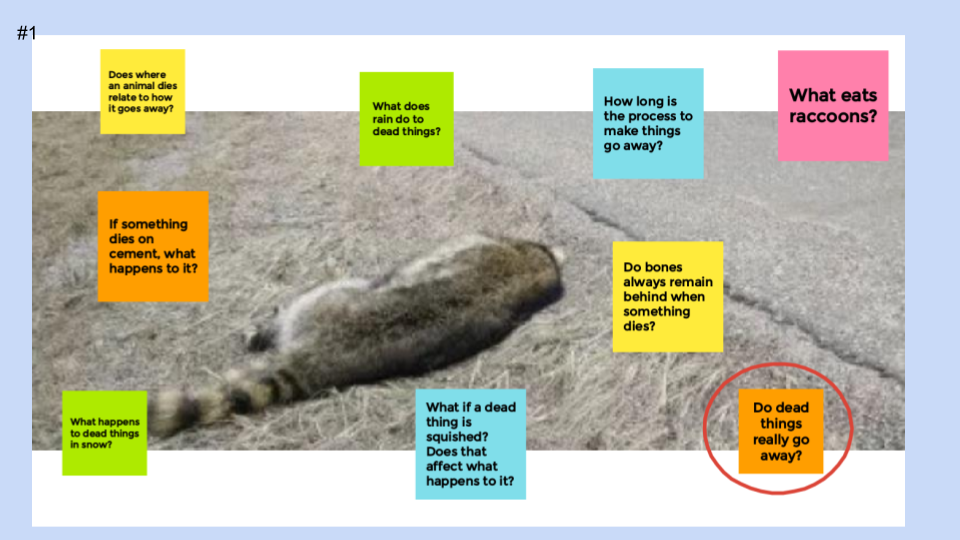
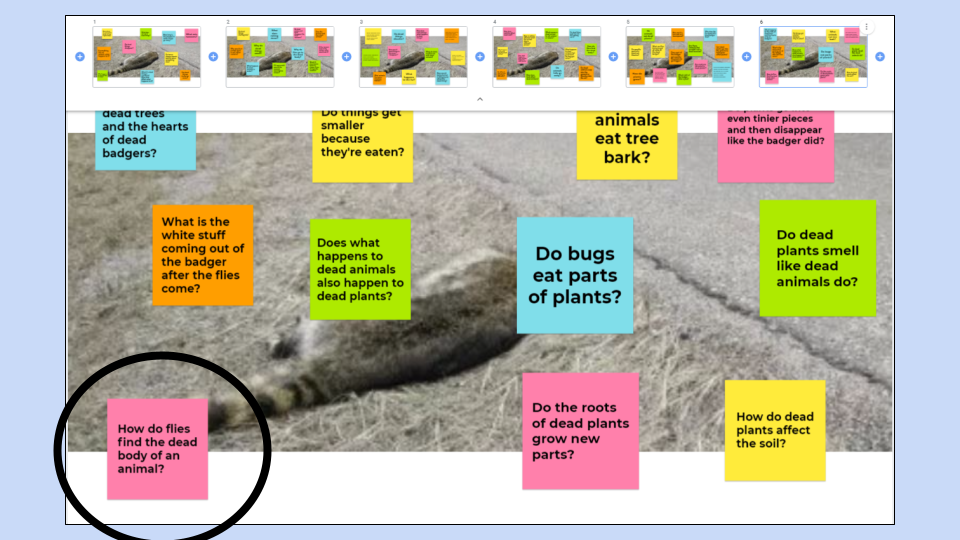
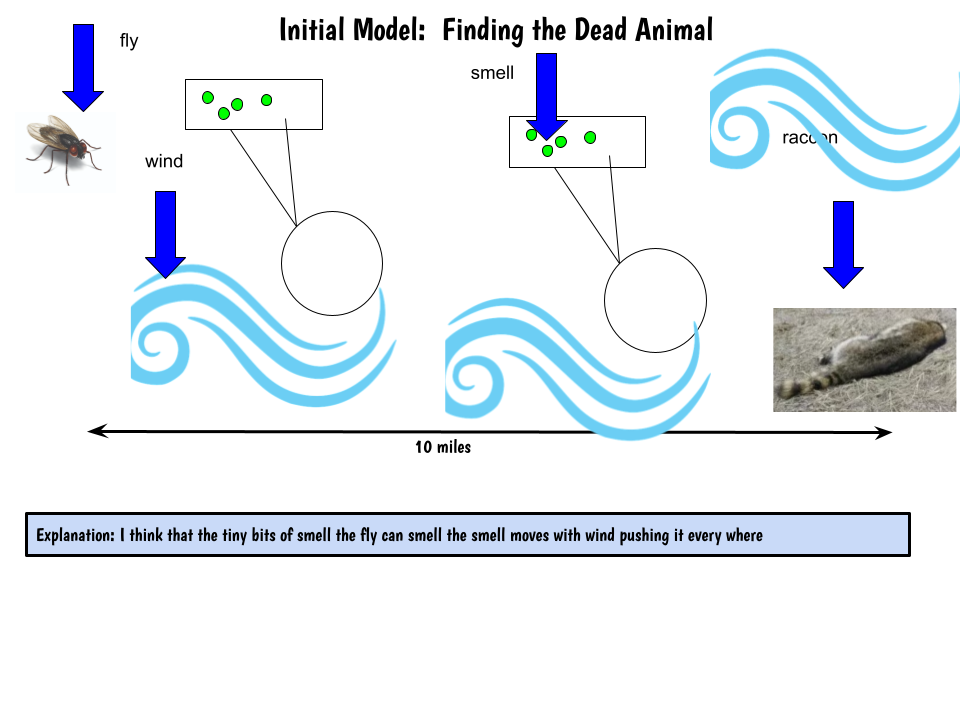
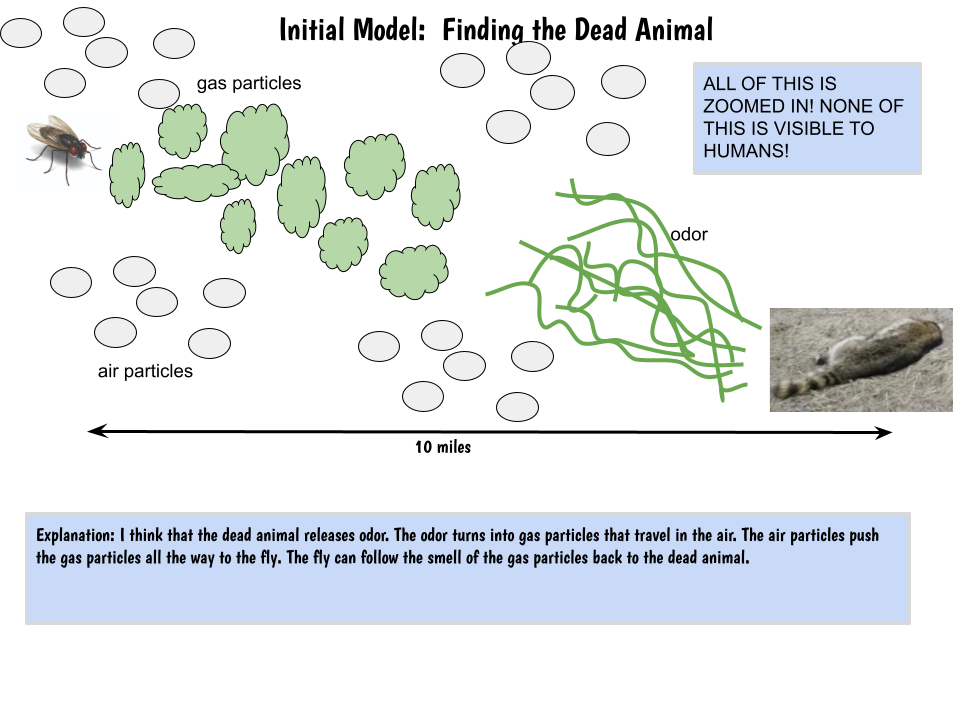
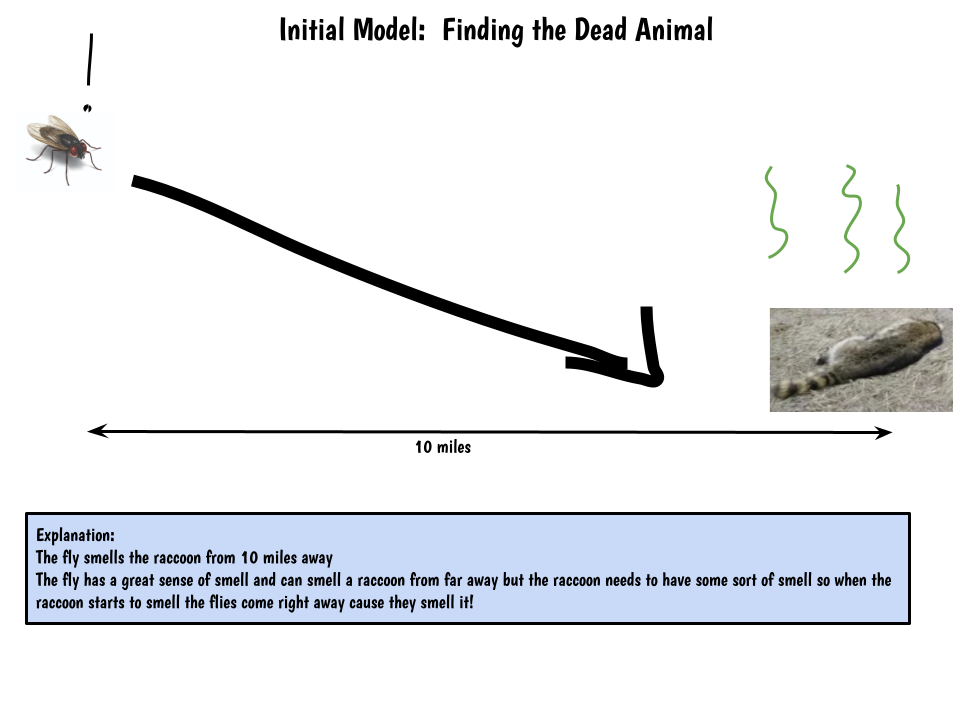
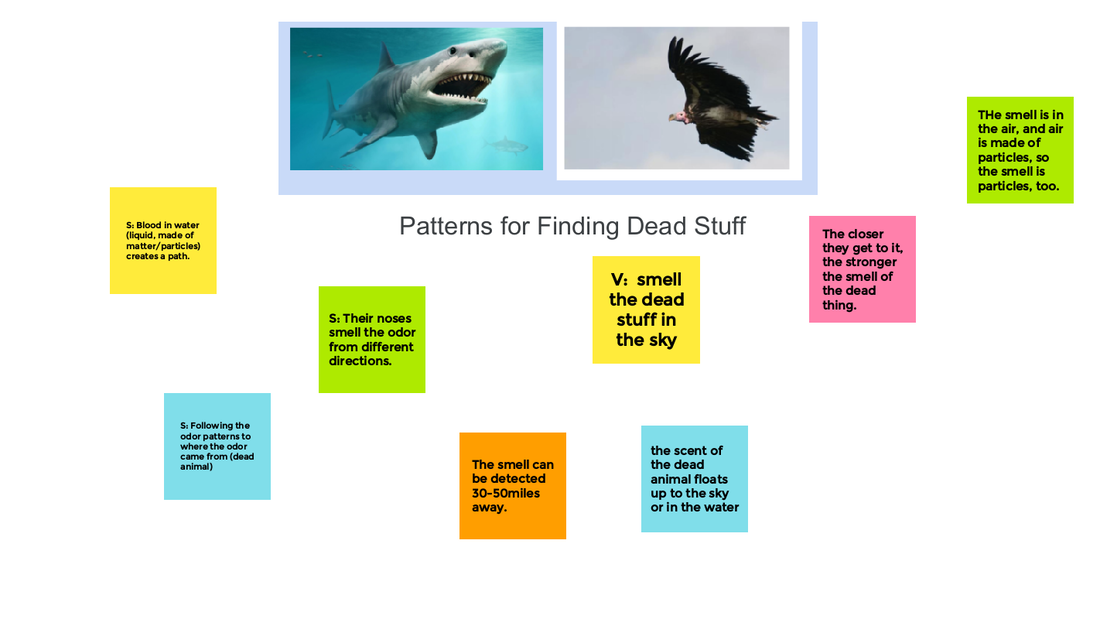
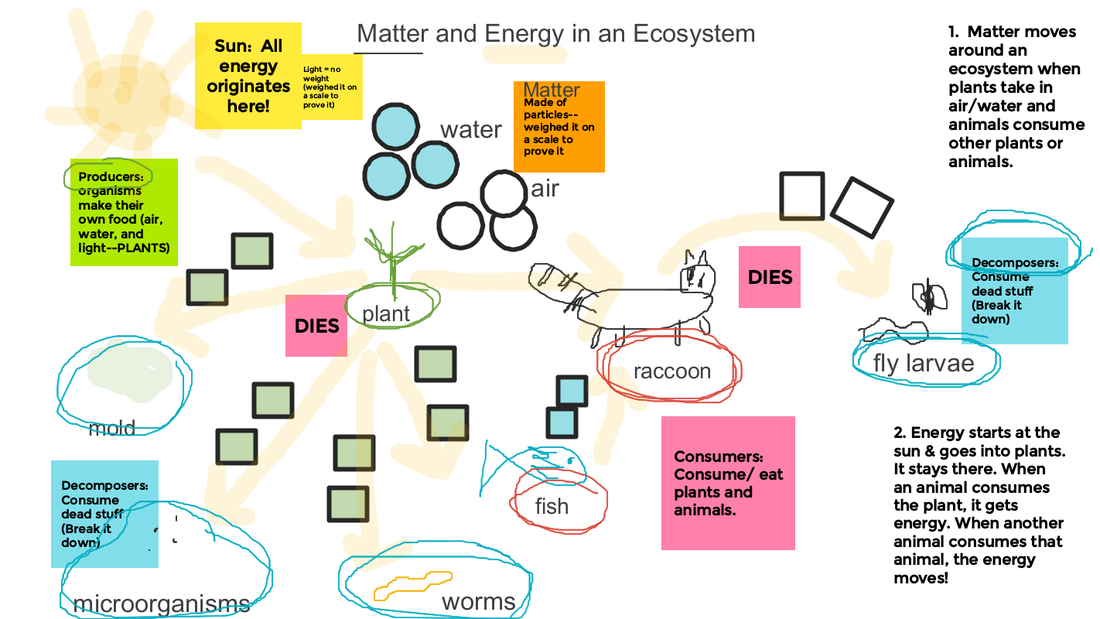
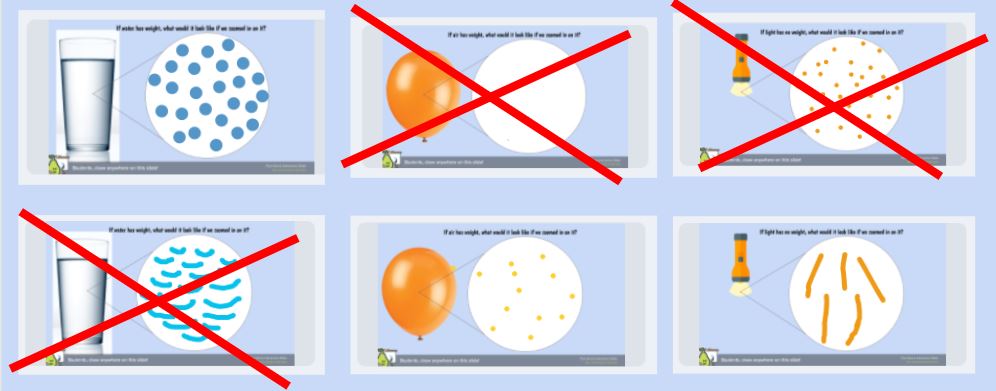
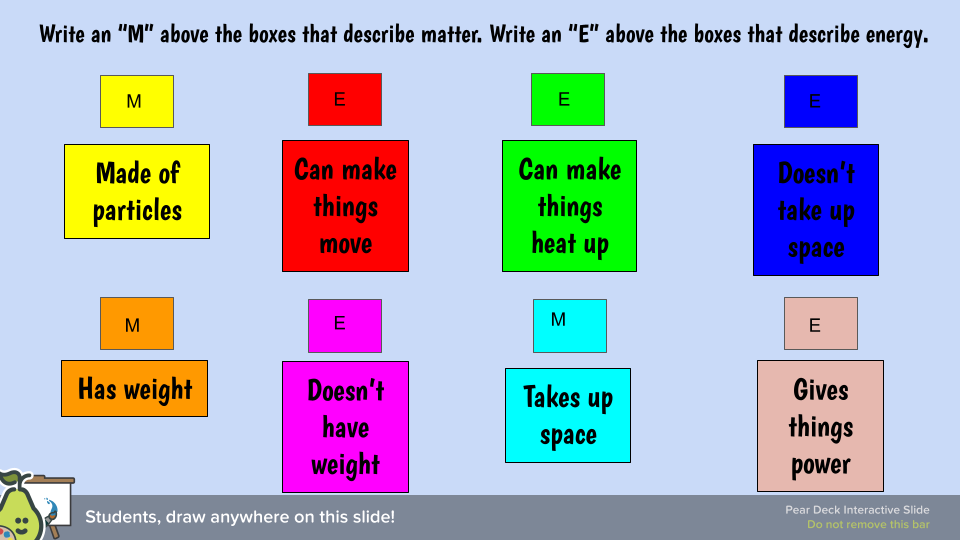
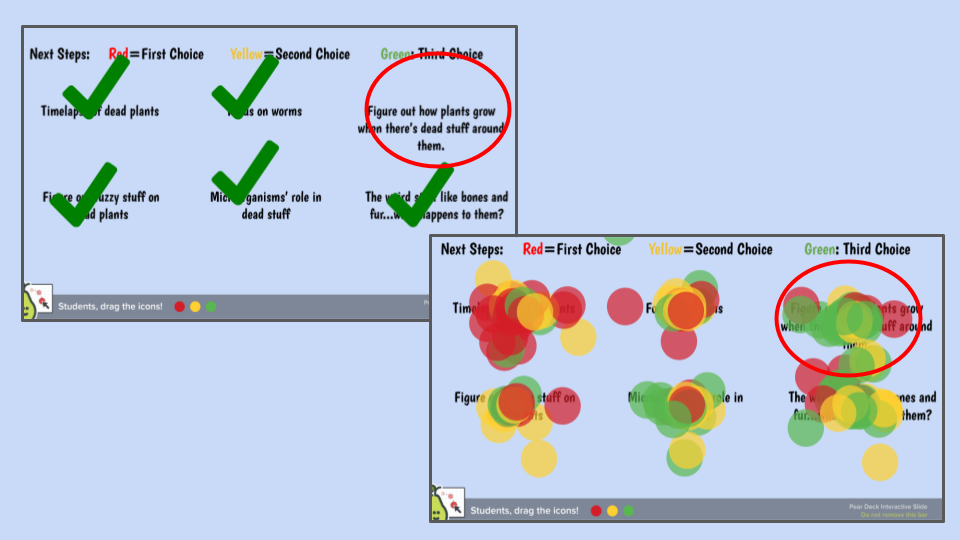
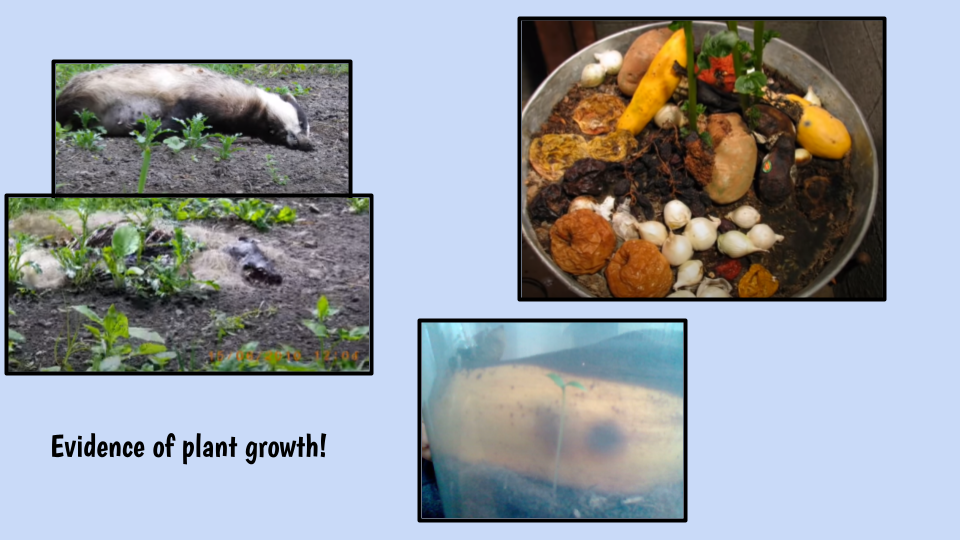
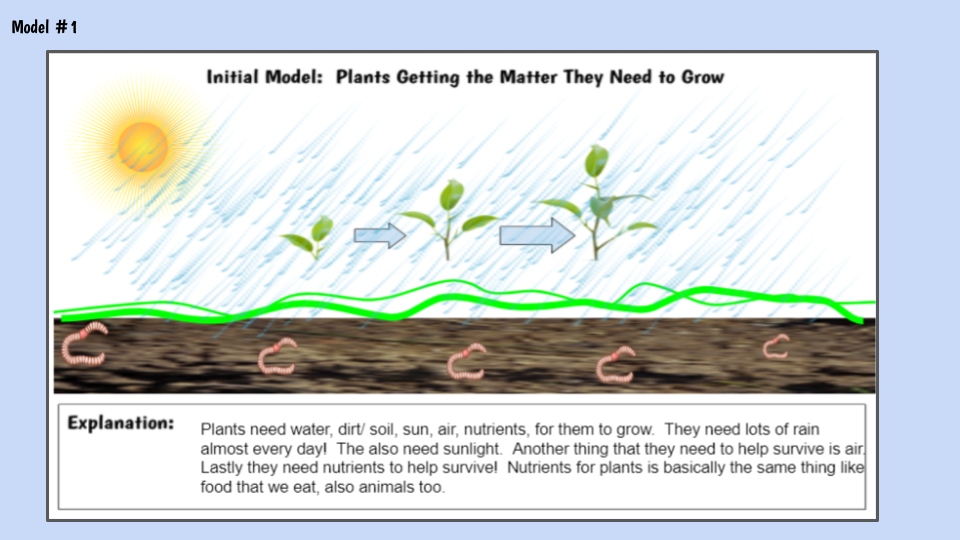
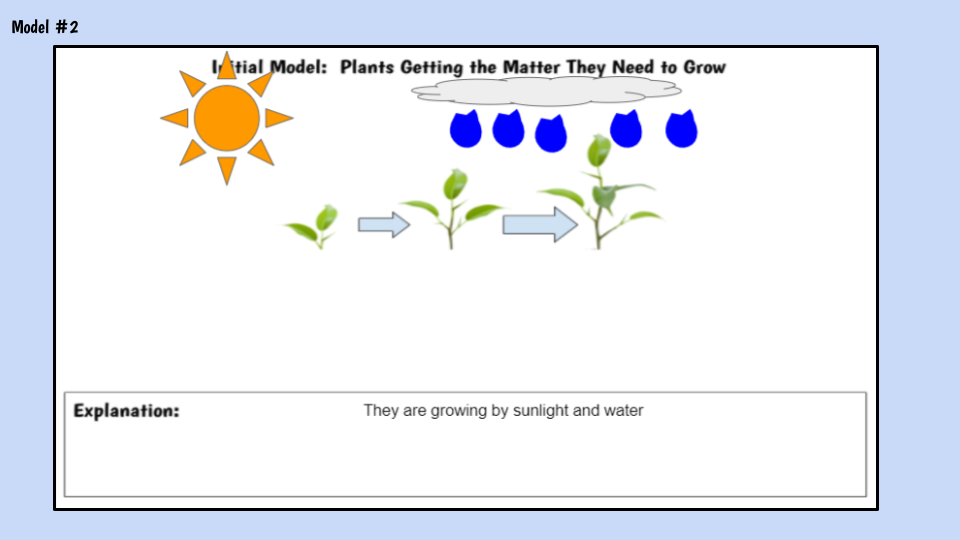
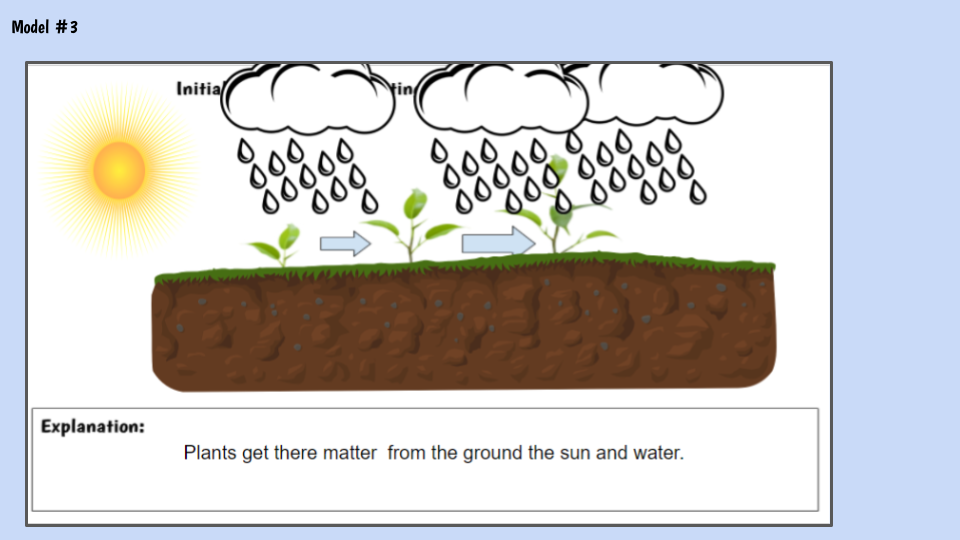
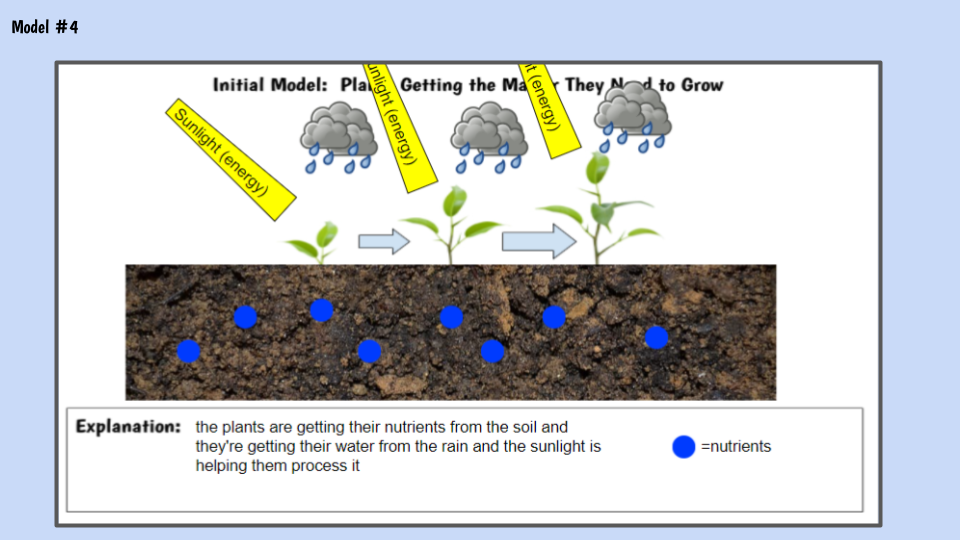
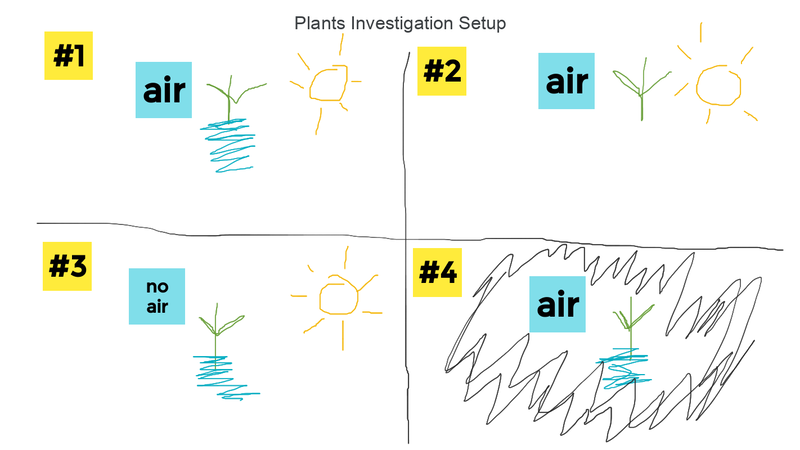

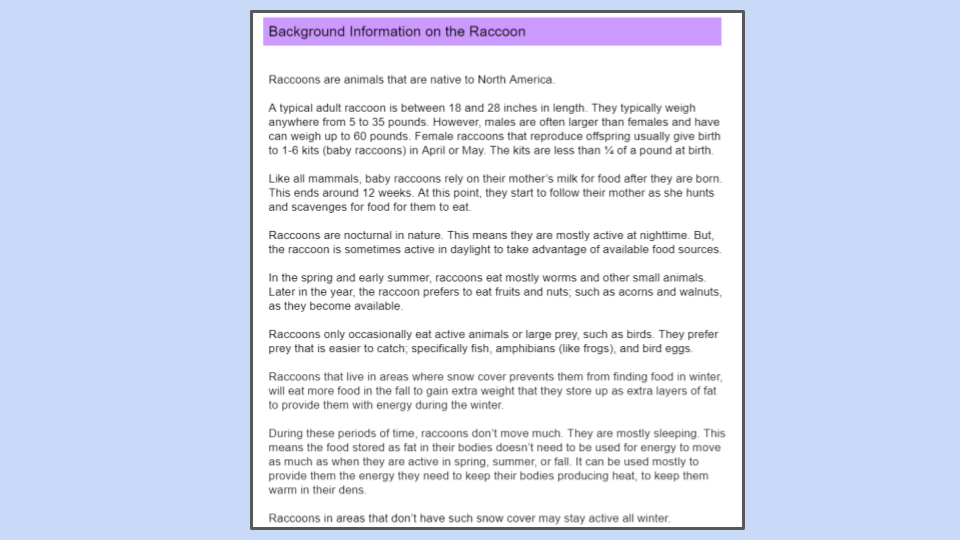
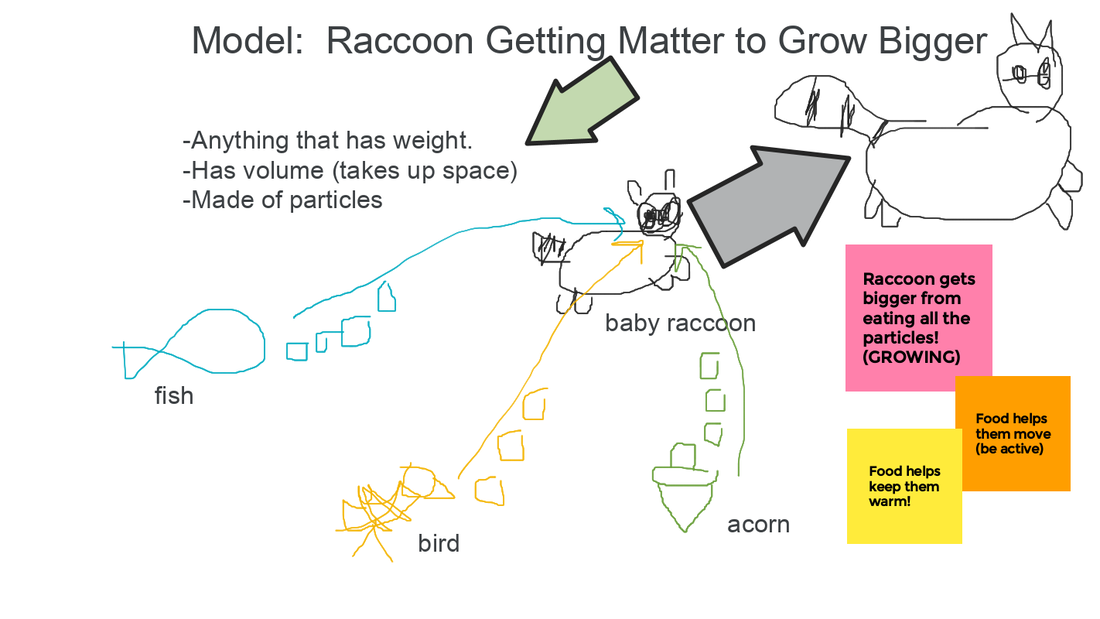
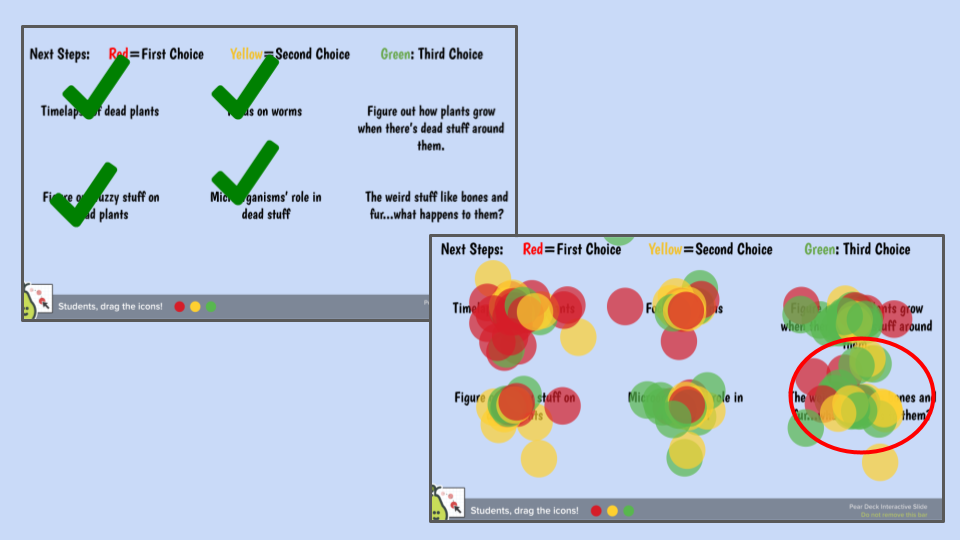
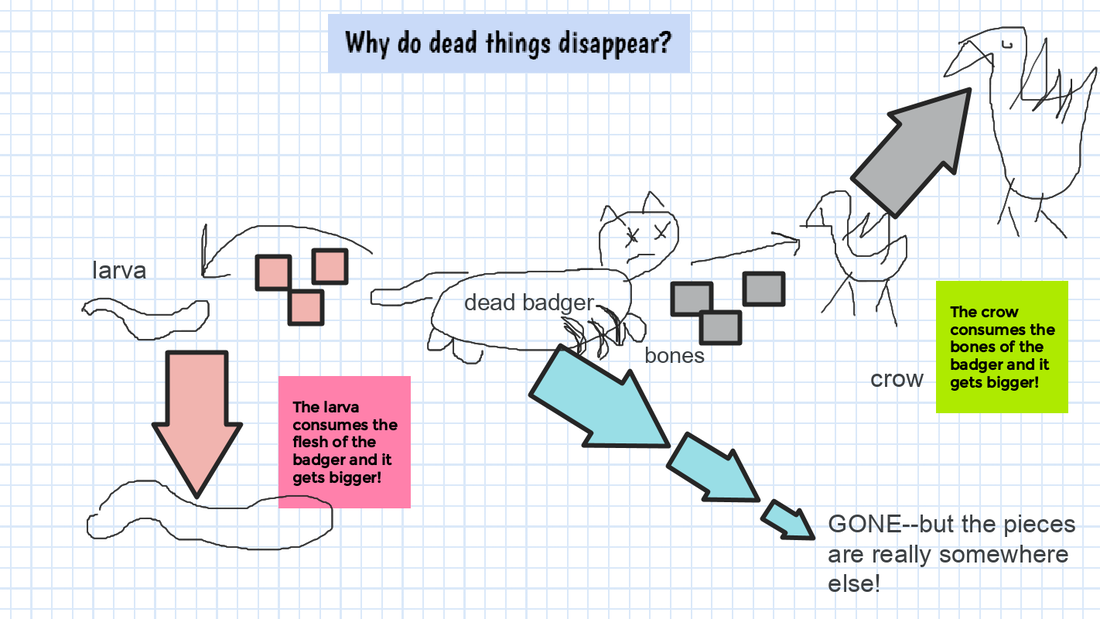
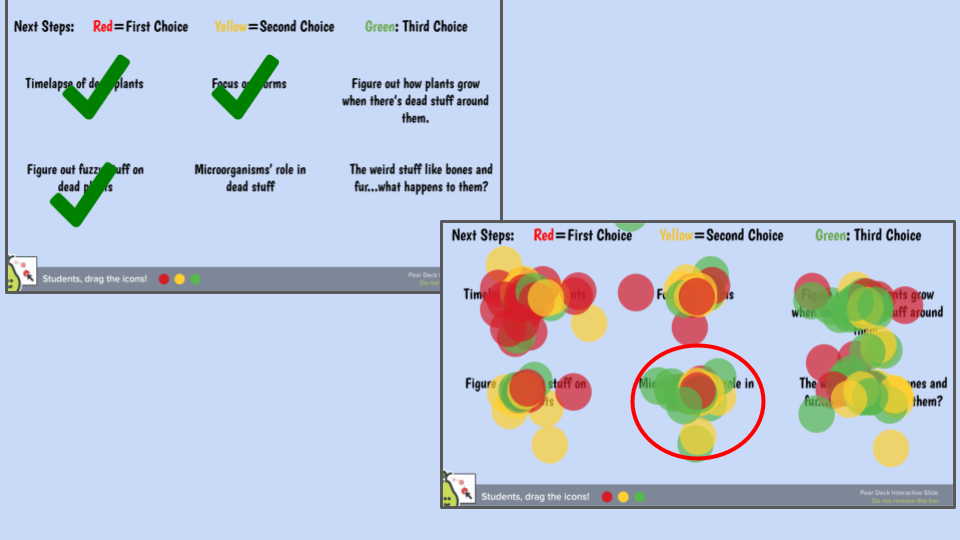
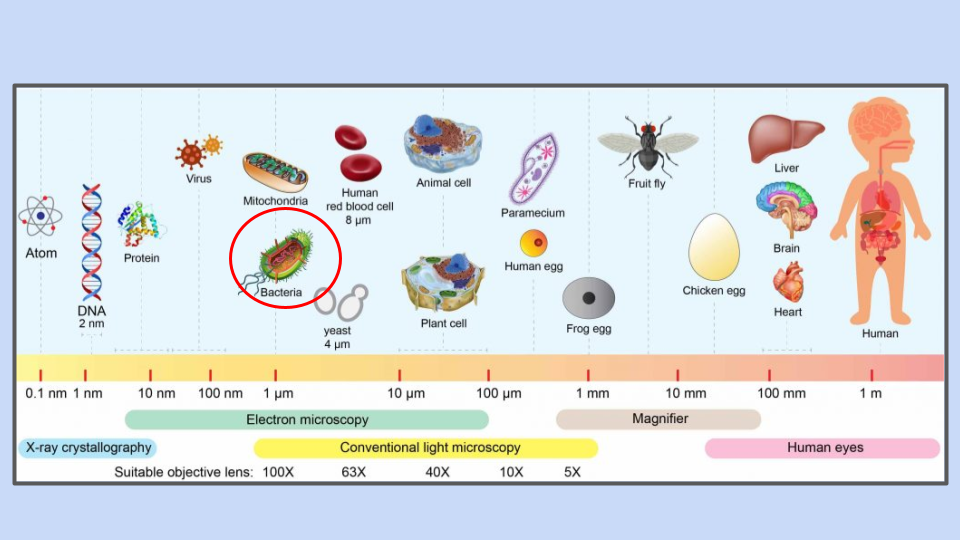
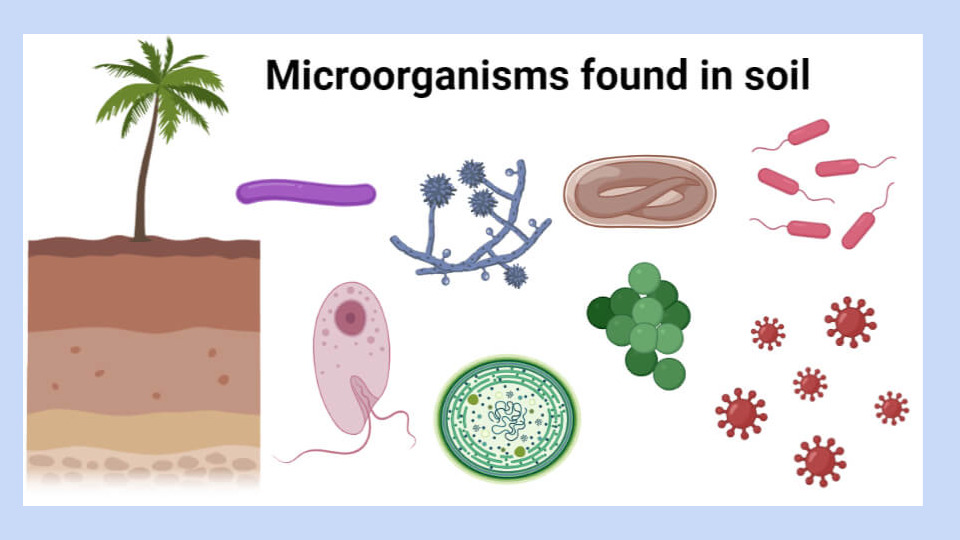
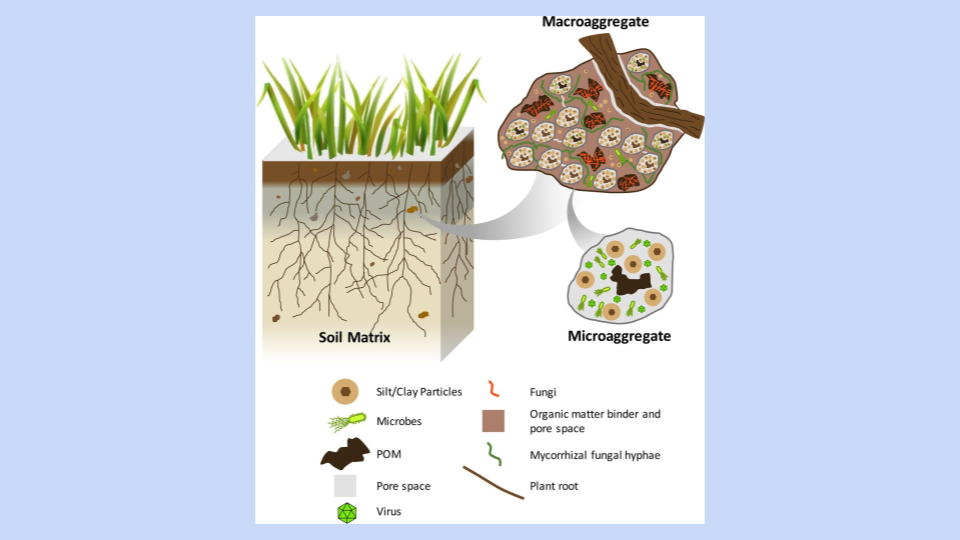
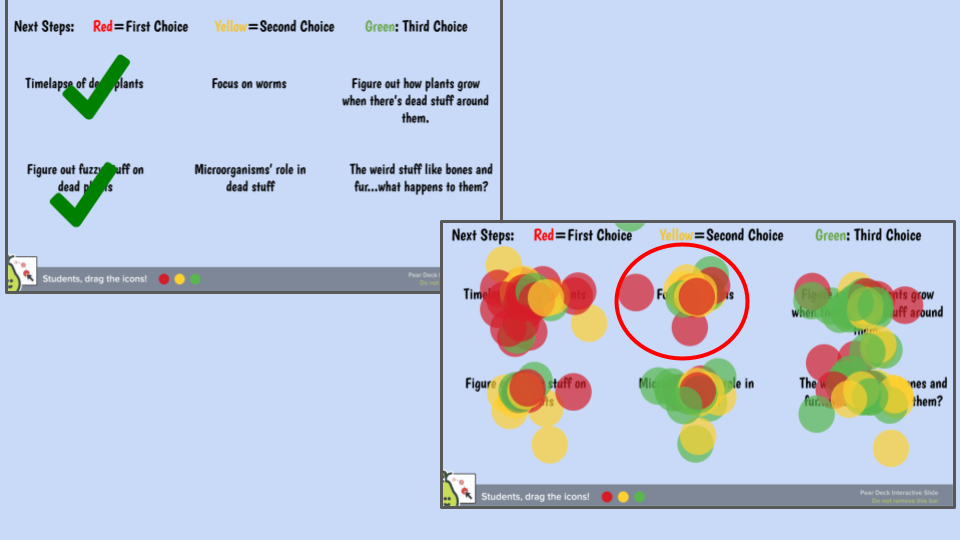
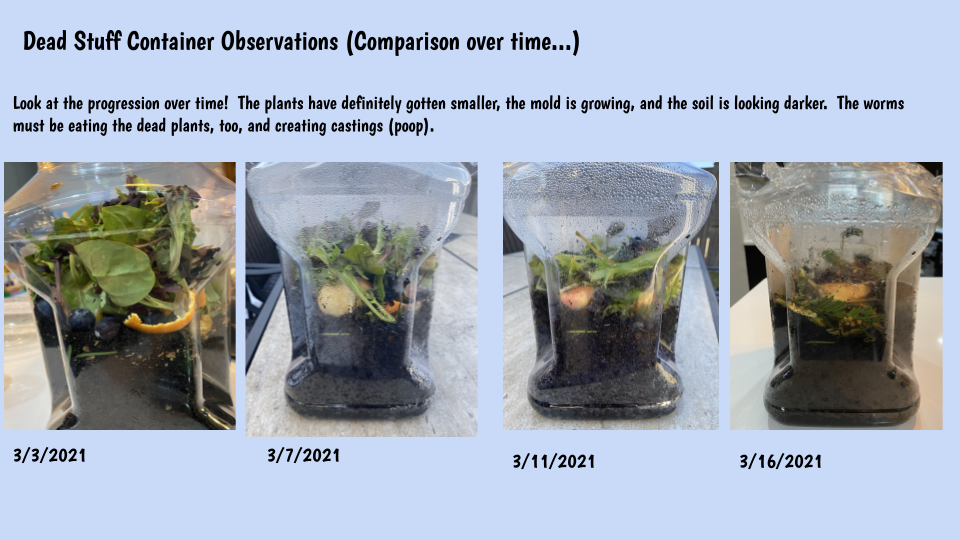
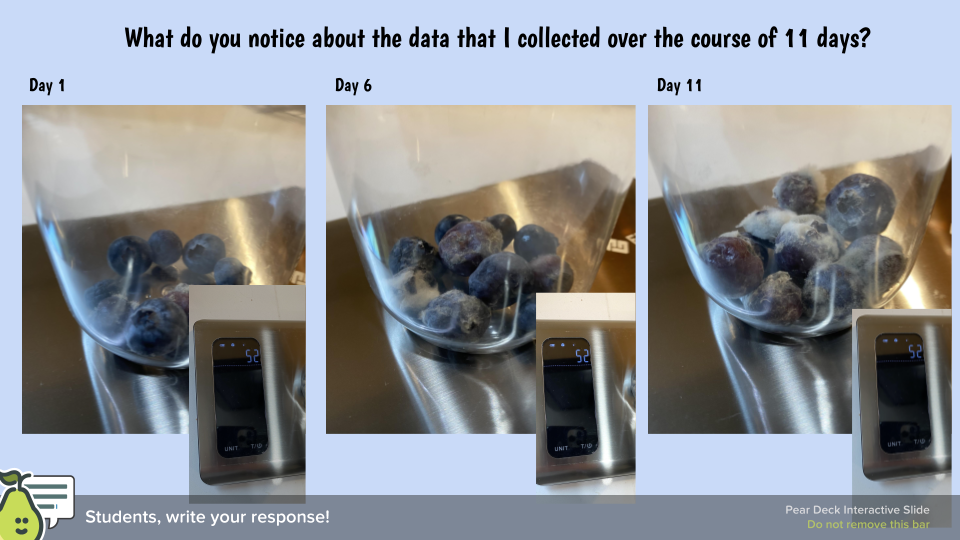
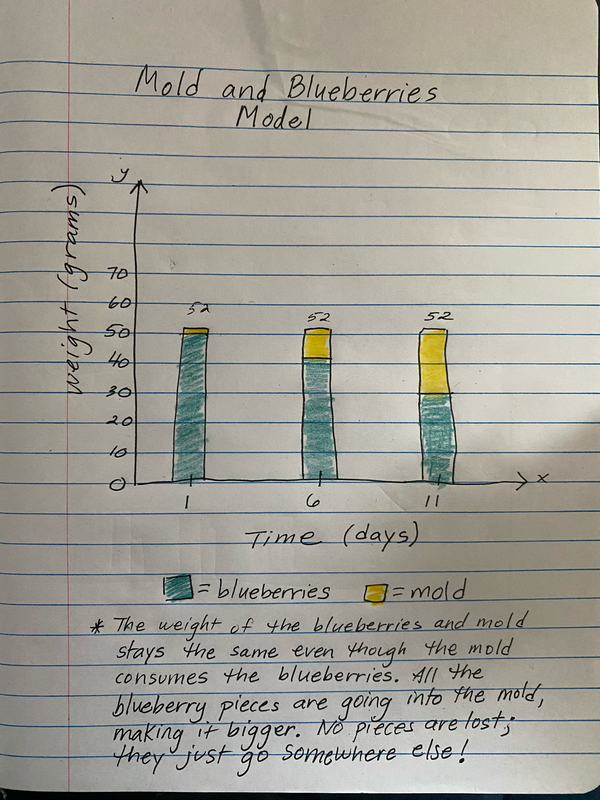
 RSS Feed
RSS Feed